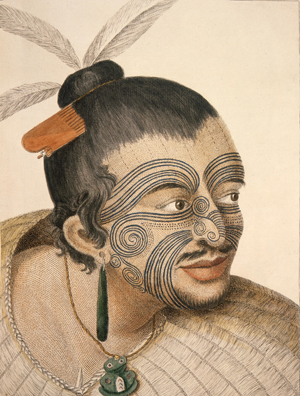
PARIS (AFP) – France will hand the 20-odd mummified heads of Maori warriors still held by its museums back to New Zealand at a ceremony in January, the Quai Branly museum president, Stephane Martin, told AFP Monday.
Maori warriors tattooed their faces with elaborate geometric designs to show their rank. The recovered heads of those killed in battle were displayed and venerated until the soul was judged to have departed.
The tattoos made them an object of fascination for European explorers who collected and traded them from the 18th century onwards.
France handed the tattooed, shrunken head of a Maori warrior that had been in possession of the museum at Rouen since 1875, back to New Zealand in May.
The restitution followed a four-year political struggle which ended last year when the French Senate approved a law allowing the return to New Zealand of all Maori heads held in France.
Rouen authorities decided to give the head back to the Maoris in 2007 but were overruled by the national government which feared setting a precedent for other museum holdings, such as Egyptian mummies or relics of Christian martyrs.
The Quai Branly museum in Paris, which had seven such heads, would host a Maori exposition until January 22, at the close of which a ceremony would be held for the restitution of all warriors’ heads still in French collections – about 20 in total, said Martin.
About 320 Maori heads have been returned from several countries since New Zealand began demanding their return in the 1980s, the organisers of the Rouen ceremony said earlier this year.
The first such head recorded as being acquired by a European was taken in 1770 by a member of an expedition of the British explorer James Cook. It was that of a 14-year-old boy believed to have been killed just for his head.
The demand for the preserved heads drove the true Maori to stop getting the tattoos and preserving their relatives’ heads.
# # #

